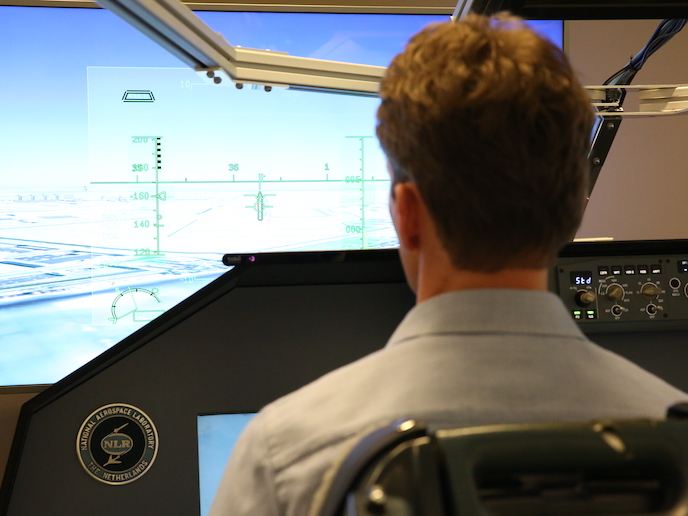How scientists are redesigning surfaces to fight dangerous ice build-up
Icing is a serious safety issue across transport, energy and infrastructure. Ice build-up can damage aircraft, affect wind turbine efficiency, and compromise road and rail systems. Also, many current anti-icing and de-icing technologies rely on energy-intensive heating systems or chemicals that may be environmentally harmful. The EU-funded SURFICE project(opens in new window) set out to design smarter, safer and more sustainable alternatives. By focusing on surface engineering and material science, the team explored how tiny physical or chemical features on surfaces could prevent ice from forming or sticking.
A breakthrough in ice protection
One of SURFICE’s key breakthroughs came from a novel approach called ‘discontinuity-enhanced icephobicity’. According to the project coordinator, Carlo Antonini of the University of Milano-Bicocca, “Discontinuities represent a weak point between ice and the surface, allowing it to detach more easily.” With the support of the Marie Skłodowska-Curie Actions(opens in new window) programme, the researchers studied how nanoscale or sub-millimetre variations in surface elasticity or chemical make-up can interrupt the bond between ice and a surface. These principles were used to develop new coatings and surface treatments that reduce adhesion without requiring heat or chemicals. In one promising study, a low-adhesion coating made using initiated chemical vapour deposition(opens in new window) was shown to reduce ice build-up. This coating worked particularly well when paired with an electro-mechanical system that uses very little energy.
Testing anti-icing materials in extreme weather conditions
Many materials perform well in labs but fail in harsh conditions. SURFICE addressed this early by prioritising durability. “It is important to design materials and processes including durability as a requirement upfront,” says Antonini. One of the project’s early-stage researchers developed a complete testing protocol to assess how well coatings could withstand temperature changes, humidity and mechanical wear. The coatings were also evaluated for environmental safety. While perfluorinated substances (PFAS) still offer strong performance, the team investigated safer alternatives like silicone-based materials to comply with EU REACH regulations and reduce environmental risks.
Anti-icing technologies for electric aircraft and drones
New electric aircraft and drones have limited on-board energy, making traditional de-icing systems impractical. That is where SURFICE’s passive coatings come in. “A coating-based technology, as proposed in SURFICE, is ideally passive,” says Antonini. “More realistically, it can help reduce the energy input required for anti-icing or de-icing, which is particularly important for small aircraft and next-generation systems.” This could help to reduce the climate impact of aviation while making new mobility systems more resilient and reliable in cold environments.
Building research talent for sustainable anti-icing solutions
A cornerstone of SURFICE was its training programme. Thirteen early-stage researchers were embedded in interdisciplinary projects spanning materials science, physics and engineering. A key turning point came in the project’s third year, when young researchers started initiating collaborations beyond their individual assignments. “They began helping to advance each other’s projects beyond what had been initially proposed by the supervisors during the proposal preparation,” recalls Antonini. This spirit of teamwork accelerated breakthroughs and laid the groundwork for future research.







